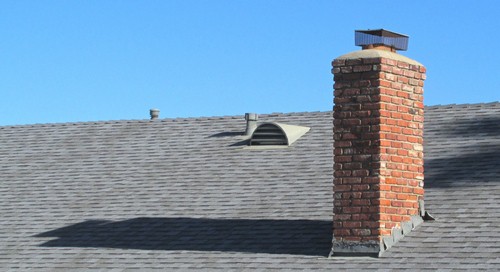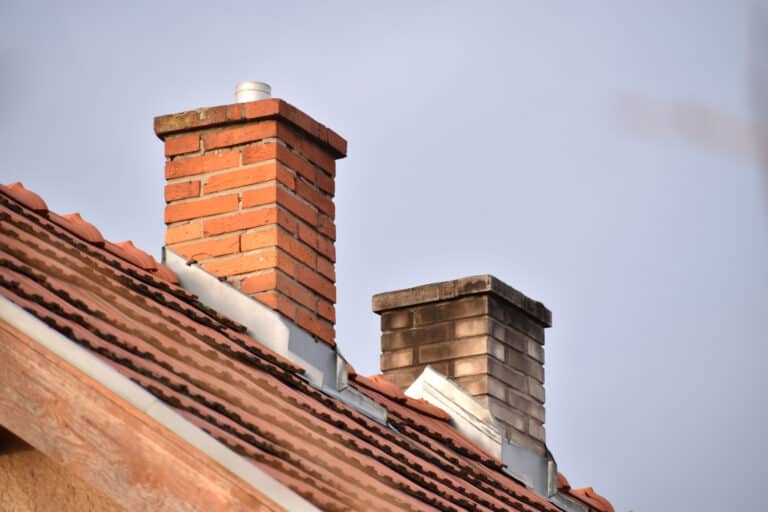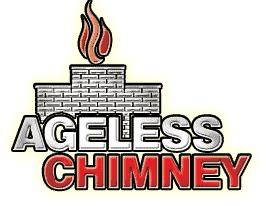Chimney Company in West Harlem NY.
What our clients say




View our work
Browse all Services
contact us
DIY or Hire a Pro? Why You Should Choose a Professional Chimney Company in West Harlem, NY for Chimney Repairs

Professional Chimney Services in New York County
When it comes to chimney repairs in West Harlem, NY, you may be tempted to take the do-it-yourself (DIY) route. After all, there are plenty of tutorials and online guides available that promise to make the process seem simple and cost-effective. However, it’s important to understand the risks involved and why hiring a professional chimney company in West Harlem, NY like Ageless Chimney is the smart choice. Below, we highlight some of the top reasons why you should forego the DIY approach and hire a pro instead.
Owner Operated
Because all jobs are handled by an owner, you can rest assured that your project will command the attention it deserves.
Free Estimates
Great service at the best price. We will not be undersold. Our estimates are FREE and we will beat any written estimate.
24-Hour Emergency Service
Ageless Chimney is one of a few chimney companies to offer TRUE 24-hour emergency service should you need it.

Reasons to Hire a Professional Chimney Company in West Harlem, NY
If you’re in need of chimney repairs or maintenance, the following are some very convincing reasons why you should hire a professional chimney company.
Expertise and Experience
When it comes to chimney repairs, the knowledge and experience of a professional chimney company are invaluable. They have the expertise to accurately diagnose the issues, recommend the most suitable solutions, and execute the repairs efficiently. With Ageless Chimney, you can trust that our team of skilled technicians has the necessary training and hands-on experience to handle any chimney repair project with precision.
Safety First
Chimney repairs can be dangerous, especially if you lack the proper tools, equipment, and knowledge. By hiring a professional chimney company, you ensure the safety of yourself and your property. Our technicians at Ageless Chimney are well-versed in safety protocols and have the necessary protective gear to minimize risks during repairs. Don’t compromise your well-being by attempting DIY repairs when you can rely on our qualified professionals.
Time and Cost Savings
While the idea of saving money through DIY repairs may be appealing, it can often backfire. Without the expertise and efficiency of a professional, you may end up spending more money and time on trial-and-error fixes. A professional chimney company like Ageless Chimney can provide accurate assessments, swift repairs, and quality workmanship, ultimately saving you time and money in the long run.
Comprehensive Solutions
Chimney repairs are not always straightforward. There can be underlying issues that require a trained eye to identify. Professional chimney companies have the knowledge to conduct thorough inspections and identify any hidden problems. By addressing all the underlying issues, Ageless Chimney ensures that your chimney is restored to its optimal condition, preventing future complications and costly repairs.

Why Choose Ageless Chimney as Your Chimney Professionals?
At Ageless Chimney, we take pride in being the leading chimney company in West Harlem, NY. With years of industry experience, we have earned a solid reputation for providing top-notch chimney repair services. Our commitment to excellence, customer satisfaction, and attention to detail sets us apart from the competition.
As a local company serving West Harlem and the surrounding areas, we understand the unique needs and challenges faced by homeowners in our community. By choosing Ageless Chimney, you benefit from:
- Expert technicians who are highly trained and certified in chimney repairs.
- Prompt and reliable service, ensuring that your repairs are completed in a timely manner.
- Personalized solutions tailored to your specific chimney repair needs.
- Competitive pricing and transparent estimates, so you know exactly what to expect.
- Excellent customer service and ongoing support throughout the repair process.
Contact Ageless Chimney for Professional Chimney Repairs in West Harlem, NY
When it comes to chimney repairs, it’s clear that hiring a professional chimney company like Ageless Chimney is the wisest choice. Don’t compromise your safety, time, and money with DIY attempts that may fall short. Instead, trust the expertise of our skilled technicians to deliver exceptional results.
For reliable chimney repairs in West Harlem, NY, contact Ageless Chimney today at 516-795-1313. We are your trusted partner for all your chimney repair needs in West Harlem, NY and beyond. Don’t let chimney issues escalate; let us restore the safety and functionality of your chimney efficiently and effectively. Call us at 516-795-1313 to schedule an appointment today!
Have a question?
Local Resources
Useful links for West Harlem, NY
Useful Links
Here are some chimney-related links:
